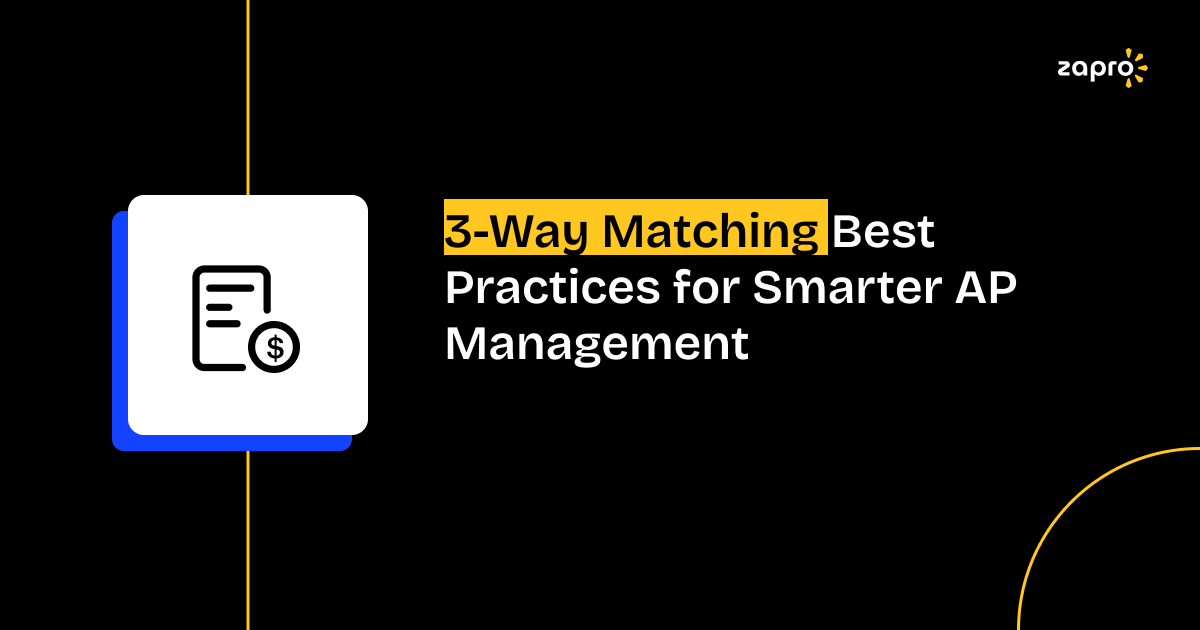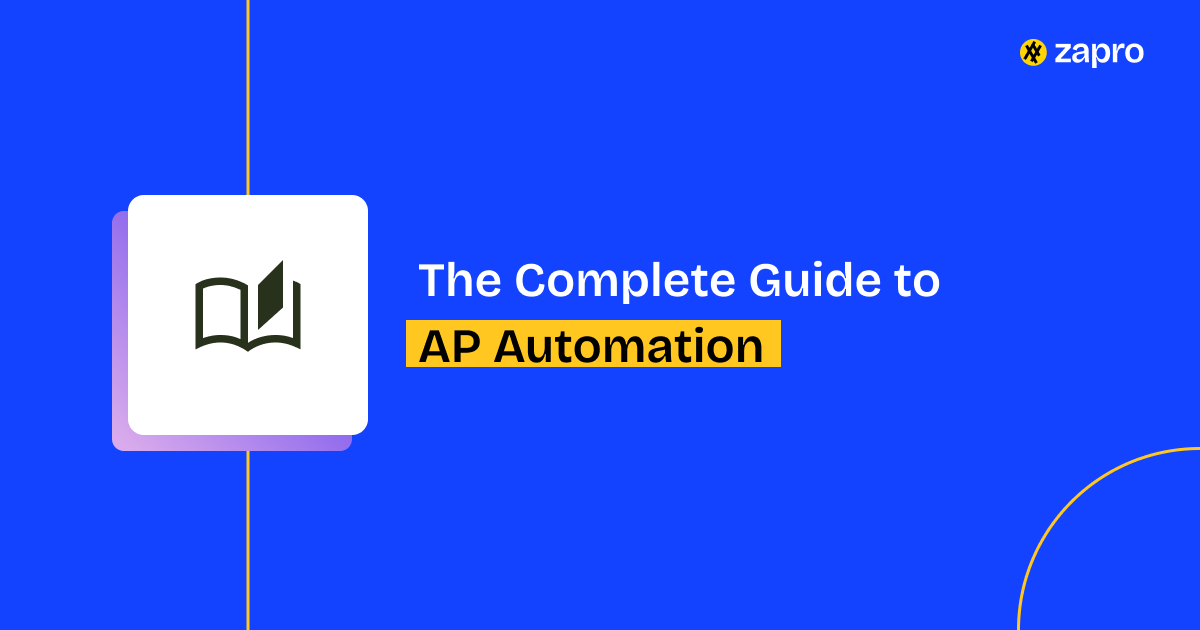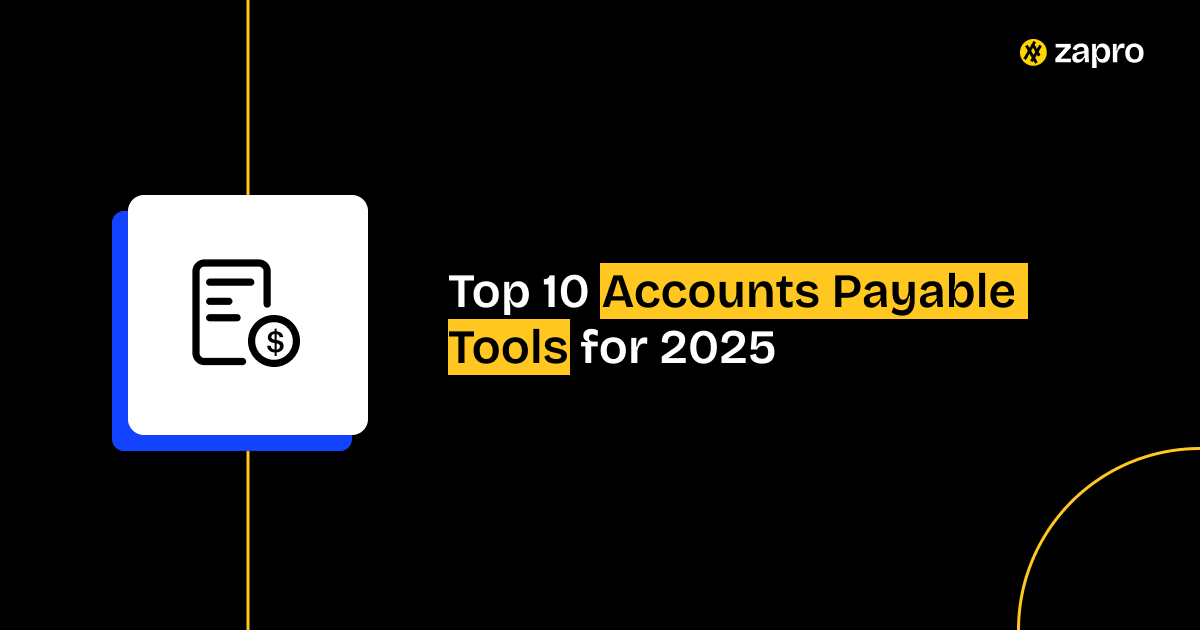Almost every business that works with suppliers runs into the same headache sooner or later.
How do you make sure you are not paying for stuff that you never ordered, or never even received?
It sounds obvious, but it happens a lot more often than people admit.
That is where something called matching comes into play in accounts payable.
You can maybe think of it like a quick safety net before money leaves your bank. You are basically cross-checking documents to make sure they line up properly. If they do not, the payment waits. Simple as that.
It is not flashy, but it does save you from mistakes, fraud, and those annoying “where did that money go?” moments.
The most common method, and honestly the one people trust the most, is what they call three-way matching. It is not complicated. You are just comparing three different pieces of paper (or, well, digital files):
- Purchase Order (PO): this is what you told the supplier you wanted, the quantities, the prices, and when you expected it.
- Goods Receipt Note (GRN): a confirmation of what actually showed up at your door.
- Supplier Invoice: what the supplier says you owe them.
The accounts payable team only says “okay, pay it” when all three of those documents agree. So say if the invoice comes in for 1,200 units but your warehouse only has 1,000, or maybe if the price suddenly increases from $50 to $60, the mismatch will be immediately flagged before any money is sent out.
What is the difference: 2-way vs 3-way vs 4-way matching
- 2-way matching: This is the barebones version. You only check the invoice against the purchase order. Sure, it is quicker, but you are kind of flying blind. If the supplier shipped fewer items (or nothing at all), you might still end up paying for it.
- 3-way matching: This is where most companies land. You add the receiving note into the mix, so you can be sure about both the price and the actual quantity delivered.
- 4-way matching: This is the heavyweight option. Along with the other three, you also bring in a quality inspection. It is overkill for some, but in industries like food, aerospace, or pharma, you cannot afford to skip this step. One mistake there could mean compliance fines or worse.
| Pro Tip: If your business deals mostly in services rather than goods, 2-way matching may be sufficient. Reserve 3-way or 4-way matching for physical goods or industries where compliance and quality control are critical. |
Who’s involved in the 3-way matching process
At first glance, it sounds like something only the finance folks would worry about.
But the truth is, it pulls in a few different teams, procurement, warehouse or operations, accounts payable, even managers and sometimes the suppliers themselves. Everyone kind of has their own piece in making it work.
1. Procurement team
They are usually the ones who kick things off. They create the purchase order and make sure the details are clear, item descriptions, how many, the prices everyone agreed on. If they mess this part up, the mistake just snowballs through the rest of the process.
2. Receiving or warehouse team
This group is on the ground, checking that what shows up is actually what was ordered. They write up the Goods Receipt Note (GRN). It lists how much came in, the quality, and sometimes even the condition. Their note becomes the second checkpoint.
3. Accounts payable (AP) team
This is the team in the hot seat. They get the supplier’s invoice and then compare it with both the PO and the GRN. If there is a mismatch, say maybe a price jump, fewer items received, or even a duplicate charge, they are the ones who have to flag it before money goes out.
4. Finance managers and controllers
They are not in the weeds with every invoice, but they step in when there is an exception that cannot be cleared easily. If something is stuck, managers decide what to do, approve, reject, or maybe even talk to the supplier directly. They make sure financial discipline is kept without damaging the supplier relationship.
| Pro Tip: Equip your AP team with workflow tools that automatically flag discrepancies instead of relying on manual checks. This reduces both workload and errors. |
5. Supplier
See it is very easy to forget, but suppliers are very much a part of the process too.
If there is one mismatch, then they are the ones who will have to explain it or issue a corrected invoice. So,the fact that how fast they will respond can actually make or break how quickly your payment gets cleared.
And please note that, at the end of the day, no single team will be able to guarantee everything is accurate on its own.
You must understand that the whole point of 3-way matching is that it works more like a group safety net. Over here, everyone plays their role, and together it makes for a closed loop that keeps mistakes (and fraud) from slipping through.

According to Ardent Partners, processing an invoice manually costs an average of $9.25, over 20 percent of invoices have exceptions, and 38 percent of businesses reported fraud in the past year.
How the 3-way matching process works
Okay, so the idea of 3-way matching might sound fancy, but really it is just a sequence that different teams follow. Procurement does a bit, warehouse or receiving does their part, and then finance steps in at the end. Let me kind of break it down so it feels clear.
- First step, the purchase order. The procurement team creates this. It is basically the list; what items they want, how many, the price, and so on. If the PO itself is wrong, then honestly the whole thing falls apart later.
- Next, the delivery shows up. The warehouse or receiving team checks it. They do not just nod and sign, they actually log it down in what is called a GRN, Goods Receipt Note. That note is proof of what actually came in, whether it was 10 boxes, 9, or maybe some damaged ones.
- Then comes the invoice. The supplier sends over the bill, basically saying, “Hey, here is what you owe us.” Simple enough.
- And finally, the matching part. This is where accounts payable gets involved, or in some companies, the system just does it for them. They line up all three documents and ask:
- Does the invoice match the PO? Like, do the prices and quantities line up?
- And does the GRN confirm that the goods actually arrived the way they should?
- Does the invoice match the PO? Like, do the prices and quantities line up?
If both of those above questions check out, then it is fine; payment is approved.
But if there is even a little mismatch, say the invoice says 120 units but the GRN only shows 100, the system will definitely flag it.
And at that exact point, someone should go back to the procurement or maybe even the supplier and they will have to sort out what happened before money changes hands.
Learn about Automated Procurement Workflows.
Strategies to streamline the 3-way matching process
See the three-way matching definitely keeps your payments accurate; but it doesn’t mean that it has to slow you down.
With the right kind of strategies, you can make the process a lot more far faster and smoother while also still protecting your business.
1. Set smart thresholds
It is not that every small mismatch needs attention.
For example, if there’s a price difference of only something like a few cents or a 1–2% variance in quantity, it may not be worthy of a manual review. But, setting tolerances definitely helps you avoid getting stuck on little issues and keep your focus only on real problems.
| Pro Tip: Start with conservative thresholds (like 0.5–1%) and gradually adjust as you build trust in your vendors and process reliability. |
2. Track vendor performance
Yes, everybody knows that not all suppliers perform the same. Some are reliable and rarely commit any mistakes, while others do cause repeated issues.
This is where tracking is very important. By rating vendors based on things like accuracy, timeliness, and quality, you can easily decide where to apply stricter checks and where you can actually ease the process.
This way reliable suppliers get fast approvals; risky ones get the more tighter scrutiny.
3. Use automation tools
Manually checking every PO, invoice, and delivery note is definitely very time-consuming. This is where an automation software can do the actual comparison for you instantly and flag only the mismatches. This drastically speeds up all your payments, decreases human error, and will ensure that all your records are always audit-ready.
4. Keep improving the process
Patterns in mismatches often reveal bigger problems, like for instance, a supplier who frequently under-delivers or a recurring issue in your own ordering process.
Reviewing these exceptions will definitely allow you to fix the root cause itself, improve your supplier relationships, and make your workflow very very efficient over a period of time.
When these strategies work together in tandem, 3-way matching will no longer be a bottleneck for you. But, it will become a very powerful tool for financial control and continuous improvement.
Seamless flow from PO to pay

Implementation roadmap for 3-way matching
Rolling out 3-way matching does not have to be scary or overcomplicated. Honestly, most people think it is this huge finance project, but if you just take it step by step, it is pretty manageable. Let me try to lay out a rough roadmap.
1. Look at how you do things right now
Start by mapping what is actually happening today. Like, how do purchase orders move, where do receipts get logged, who is handling invoices? You will probably find the usual issues — missing GRNs, mismatched numbers, or invoices just sitting in approval queues for way too long. Write those down.
2. Set some rules (like policies and thresholds)
Decide what you are going to allow and what you will not. For example, will you let a 1% difference slide or not at all? Will bigger suppliers have stricter checks than the smaller ones? If you make these decisions early, your team has something consistent to follow instead of debating every single time.
3. Pick your tools wisely
If your team is still doing all the checks by hand, this is where you think about automation. A decent AP or procurement system will connect POs, GRNs, and invoices automatically. Saves a lot of hours, and honestly, fewer headaches when errors happen.
| Pro Tip: Select a mix of high-value and frequently used suppliers for your pilot. This ensures you test the process against both risk-heavy and high-volume scenarios before scaling. |
4. Train your teams
Remember, this is not just finance’s job. Procurement, warehouse, and AP all have a role in this. Make sure they know what their piece is and how it fits together. A bit of training now avoids mistakes later.
5. Test with a pilot
Do not throw the whole company into 3-way matching overnight. Pick a few suppliers or maybe just one category and test it. See how it works in practice. You will find many things that actually do not run as smoothly as they looked on paper.
6. Do keep an eye on it and adjust
Once it is live, pay attention. How many invoices are getting flagged? How long are exceptions taking to sort out? Are suppliers arguing less? These numbers tell you where you need to tweak policies or maybe even rework contract terms.
7. Roll it out bigger and improve as you go
When you have ironed out the kinks, expand to more suppliers and categories. And here is the real win: over time, the mismatches themselves give you data. You can use that info to push suppliers to improve, tighten your contracts, and just run procurement more efficiently.
So yeah, it starts as a simple control. But if you keep at it, 3-way matching turns into a tool that does not just stop errors, it makes your whole process sharper and smarter over time.
Why thorough matching really matters for AP
At the end of the day, three-way matching is about two things: trust and control.
You want to know that every dollar leaving the business is tied back to proof, proof that an order was placed, proof that something was actually delivered, and proof that the invoice itself makes sense.
If you skip that safety check, you are opening the door to duplicate payments, supplier fraud, or just plain disputes that eat up time and money.
With it, AP stops being just a back-office checkbox and becomes more like a guardrail for cash flow and supplier relationships.
And it is not only about being accurate, right? It is also about being efficient. Once a business starts scaling, nobody wants to be sitting there manually checking thousands of POs, receipts, and invoices. That is a recipe for bottlenecks. This is exactly where automation shows its value.
Automated three-way matching keeps you audit-ready, cuts down the silly errors, and flags problems before they turn into something bigger.
How Zapro fits in
Here is the thing: Zapro makes the whole 3-way matching part a lot easier. Instead of bouncing between paper POs, random delivery notes, and email invoices, it just brings procurement, receiving, and AP into a single platform where everything connects in real time.
With Zapro, you can:
- Automatically match POs, GRNs, and invoices, no manual hunting.
- Set tolerance levels so small variances do not block payments.
- Track supplier performance and see where issues keep popping up.
- Clear exceptions faster because everything is in one workflow, not buried in emails.
And the result?
Very fewer fights with suppliers, extremely fast invoice approvals, and confidence that you are only paying for what you really got.
So yes, thorough matching is the foundation of healthy AP.
But with Zapro, it does not have to feel slow or complicated.
You keep the control, but lose the headaches, which frees your team up to actually focus on strengthening supplier relationships and driving value.

Get Started with Smarter 3-Way Matching
Simplifying purchase to payment.
Don’t miss our weekly updates
We’ll email you 1-3 times per week—and never share your information.

 Healthcare
Healthcare Financial Services
Financial Services Technology
Technology Venture Capitalist
Venture Capitalist Chief Procurement Officer
Chief Procurement Officer Chief Financial Officer
Chief Financial Officer




